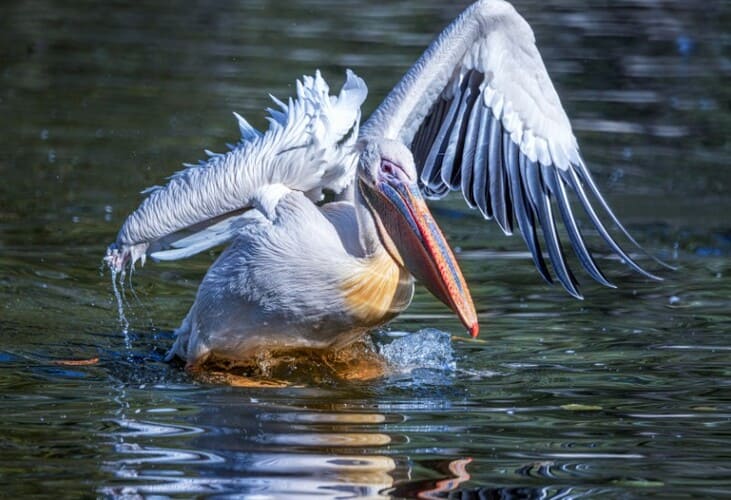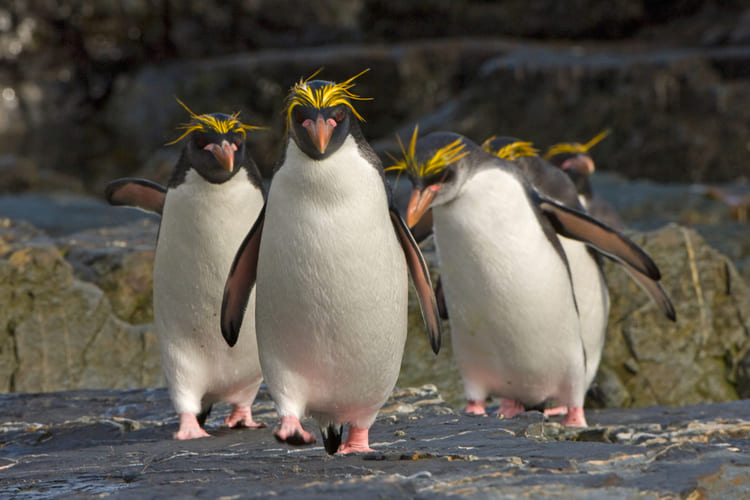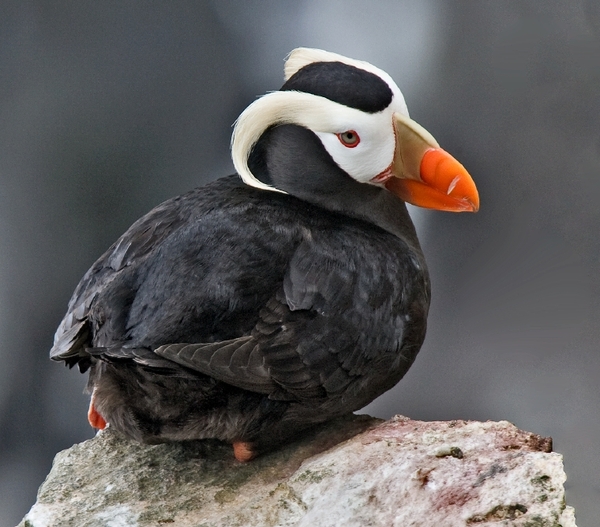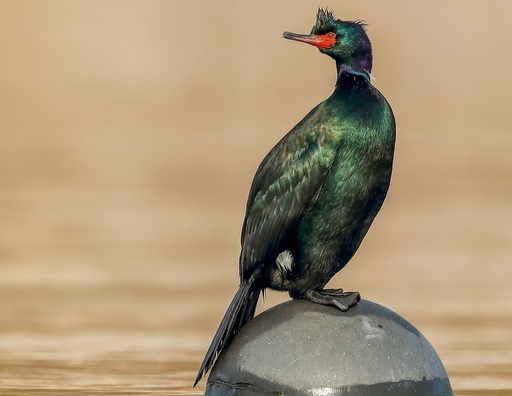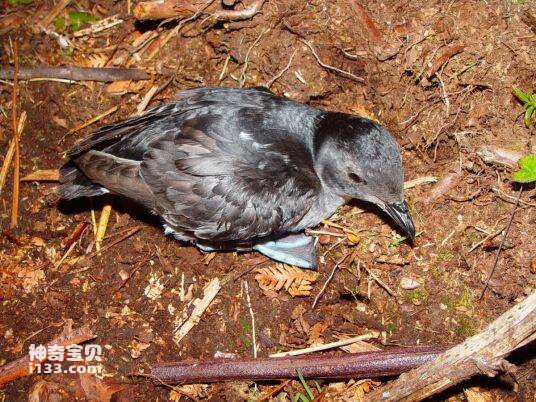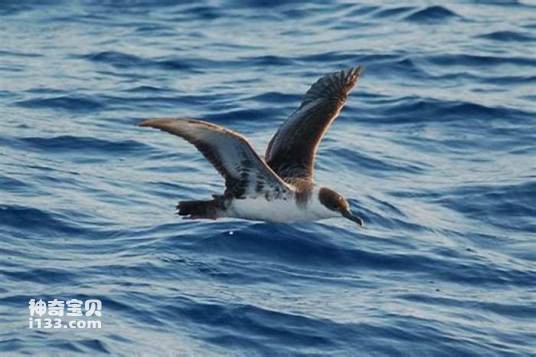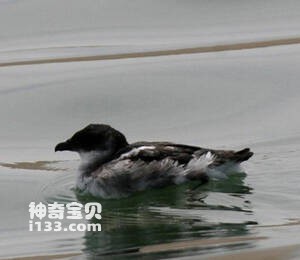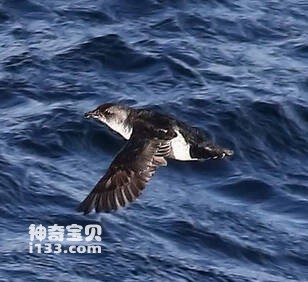Anas discors
IUCN
LCBasic Information
Scientific classification
- name:Anas discors
- Scientific Name:Anas discors,Blue-winged Teal
- Outline:Waterfowl
- Family:
Vital signs
- length:37-41cm
- Weight:266-410g
- lifetime:No textual research information is available
Feature
Distribution and Habitat
It is found in North America, including the United States, Canada, Greenland, Bermuda, Saint Pierre and Miquelon, and in Mexico in the transition zone between North and Central America. Central America, located between North and South America, includes Guatemala, Belize, Honduras, El Salvador, Nicaragua, Costa Rica, Panama, Bahamas, Cuba, Haiti, Jamaica, Dominica, Antigua and Barbuda, Saint Vincent and the Grenadines, Saint Lucia, Barbados, Grenada, Trinidad and Tobago and other countries and territories. South America, including Colombia, Venezuela, Guyana, Suriname, Ecuador, Peru, Bolivia, Paraguay, Brazil, Chile, Argentina, Uruguay and the Malvinas Islands (also known as the Falkland Islands).
The duck usually lives near freshwater lakes, and some wintering activities are in coastal beach salt flats, reservoirs, lake pools, rivers, streams, swamps, wetlands, rice fields, and even farmland.
Appearance
The blue-winged duck is 37-41 cm long with a wingspan of 60-64 cm, weighing 273-410g for males and 266-375 g for females. It's a small, long-billed wader. The head is gray, with white circles, white streaks and first eyes. The plumage is reddish-brown with white trim. The tail cover feathers are mixed black and white, and the flanks have dark blue wing mirror markings. The female and young are mottled brown with yellow feet and black bill. There are small dark spots in the body feathers of male ducks during the breeding season.
Details
Blue-winged ducks (Anas discors) are known as blue-winged Teal and prefer to flock in winter. Most of the activities are in the wild grass in the marsh area near the water. They often live in groups in rivers, lakes, bays and coastal waters, feeding on grass seeds, rice, snails and mollusks.
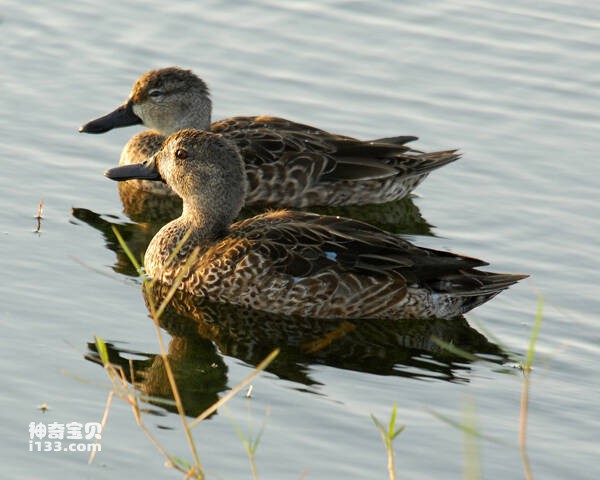
Blue-winged ducks are highly migratory birds, migrating to South America in the winter and generally heading south in the autumn, starting in late August and continuing until mid-October. During migration, seeds form the main food.
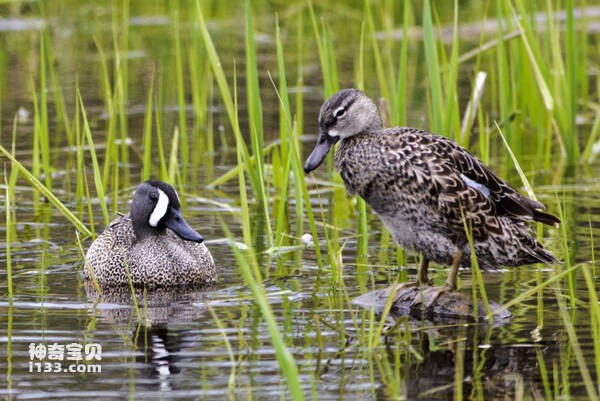
Blue-winged ducks nest in grasslands, along coasts and other open salt marsh areas. Nests are close to water sources, but can also be far apart. It is a shallow potted duck nest on the ground, hidden among vegetation and lined with grass and reeds. Female ducks lay 9 to 13 eggs at a time and hatch alone for 23 to 24 days. After hatching, the chicks can leave the nest to swim and immediately follow the female duck in search of food. The female duck continued to protect and care for several weeks before leaving. Ducklings are usually able to fly after 38 to 49 days of incubation.
Listed on the International Union for Conservation of Nature Red List of Threatened Species (IUCN) for 2020 ver 3.1 - Not Threatened (LC).
Protect wild animals and eliminate wild meat.
Maintaining ecological balance is everyone's responsibility!

